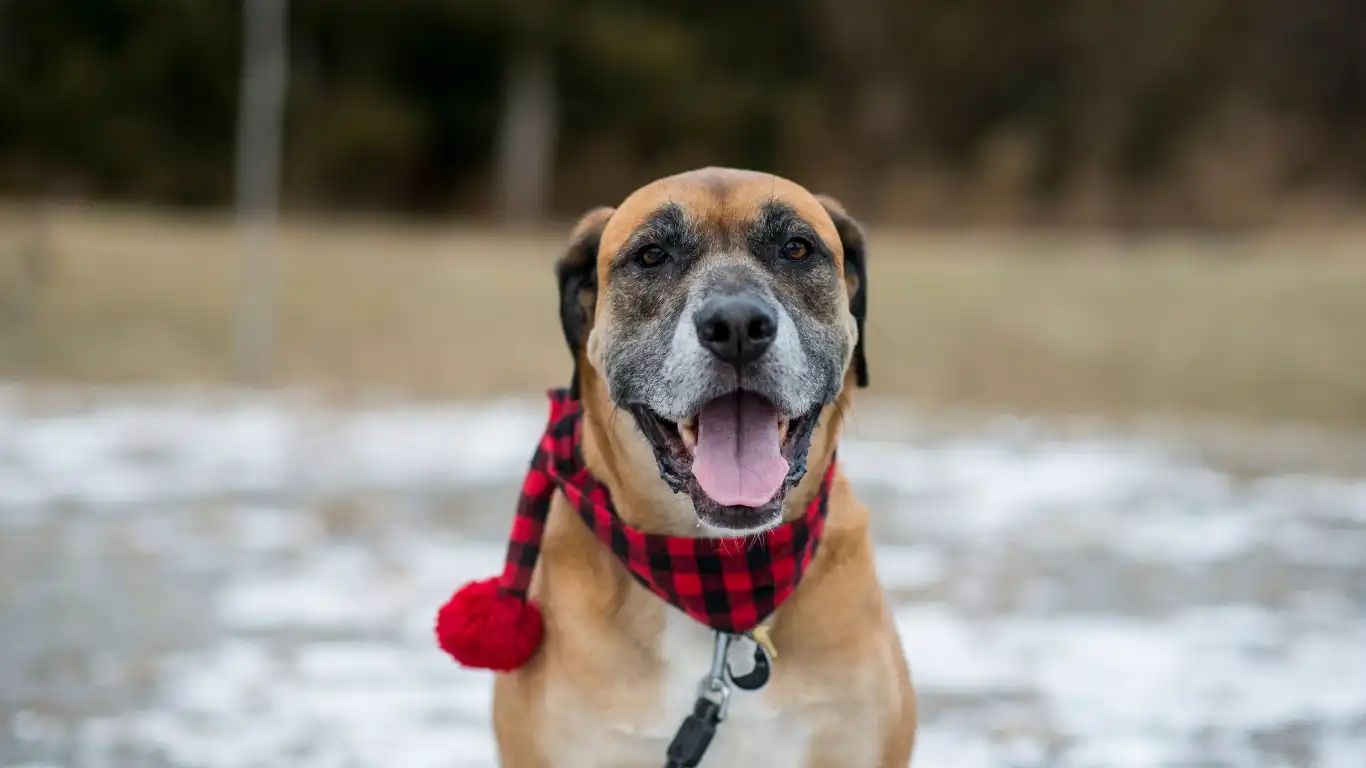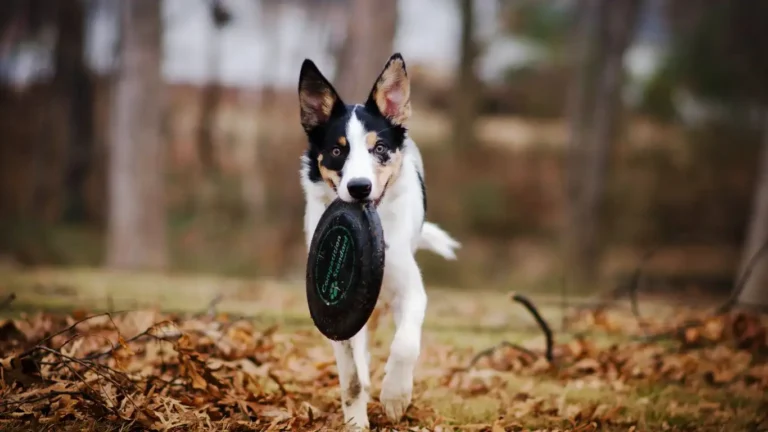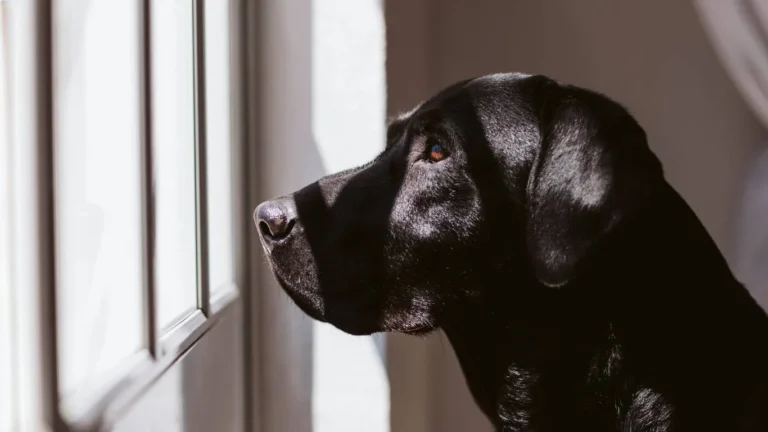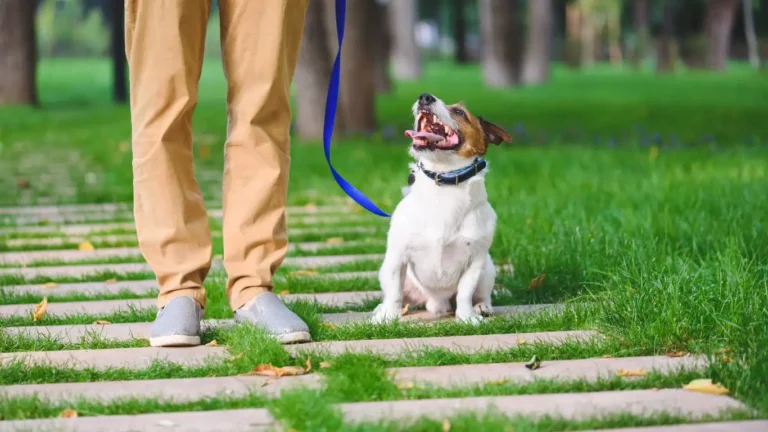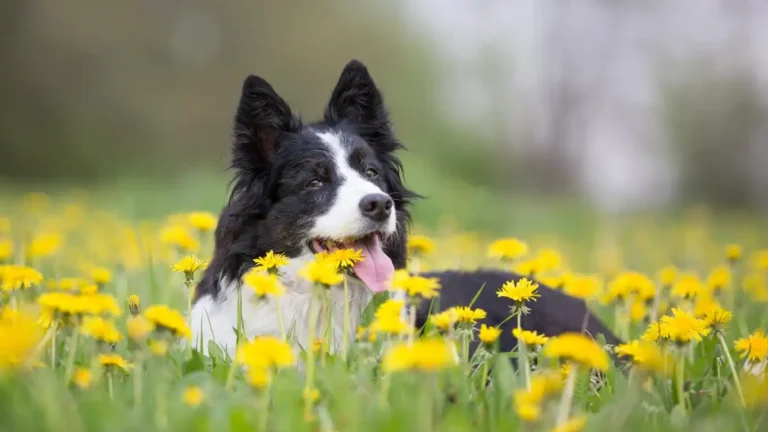Master How to Teach a Dog Basic Obedience Commands Like a Pro
If you’ve ever wondered how to teach a dog basic obedience commands, let me tell you—you’re not alone. Working as a Veterinary Technician with a focus in pet nutrition, I’ve met hundreds of dog owners who are eager to connect better with their pups, but they often feel overwhelmed by where to start. Honestly, I totally get it. Training your dog can feel like a daunting task, especially when your pup looks at you like you just asked them to solve a math equation. But trust me, it’s not as complicated as it seems. You don’t need to be a dog whisperer—you just need a solid understanding of the basics, a sprinkle of patience, and a pocket full of high-value treats (seriously, never underestimate the power of a smelly liver snack).
Why Obedience Training is More Than Just “Sit” and “Stay”

Obedience training isn’t just about making your dog easier to live with—though, let’s be real, not having your socks stolen every morning is a huge bonus. It’s also about building trust, improving communication, and ensuring safety. I’ve seen firsthand in clinical settings how dogs who understand basic commands are calmer during vet visits, easier to medicate, and generally less stressed overall. And when an emergency strikes—like a dog running toward a busy street—a simple “come” command can literally be a lifesaver.
From my experience, starting obedience training early (but not too early—puppies need time to adjust to their new world) gives dogs the best chance at success. That said, adult dogs can absolutely learn new tricks, despite the old saying. I’ve helped plenty of senior dogs master commands and even develop new habits that made their golden years more enjoyable.
So, What Exactly Are Basic Obedience Commands?
Let’s define what we mean by “basic” here. We’re talking about commands that are foundational—not flashy, but essential. These include:
- Sit – A go-to command that helps in almost every situation.
- Stay – Crucial for safety and impulse control.
- Come – Arguably the most important for recall and safety.
- Leave it – To prevent them from snatching something dangerous.
- Down – Useful for calming your dog and keeping them grounded (literally).
These commands might seem simple, but when taught and reinforced properly, they lay the groundwork for a well-mannered dog who’s a joy to be around in any setting—home, park, or even the vet’s office (yes, really).
Prepping for Success: What You’ll Need Before You Start

Before diving into training, let’s talk prep. One thing I always recommend to my clients is to set the scene for success. That means removing distractions, having the right tools on hand, and setting realistic expectations. Here’s a quick checklist based on what I use myself and suggest in practice:
- High-value treats: Think freeze-dried liver, cheese cubes, or anything your dog would practically do backflips for. Kibble usually won’t cut it—save that for regular meals.
- A clicker: Not mandatory, but super helpful for marking the exact behavior you want to reinforce.
- Short leash and harness: Especially useful for dogs who are easily distracted or reactive. A harness gives you better control without putting pressure on their neck.
- Calm environment: Start indoors where there’s minimal noise or stimulation. You can work your way up to more chaotic places later (think: parks, sidewalks, vet offices).
- Patience: This one isn’t for sale, but it’s the most important item on this list. Your dog won’t get it right 100% of the time—and that’s okay.
Also, be mindful of your own mood. Dogs pick up on our energy like little emotional sponges. If you’re stressed, tired, or frustrated, it’s probably not the best time for a training session. I’ve had training days where we accomplished absolutely nothing because my head wasn’t in the game—and that’s totally normal.
Keep Sessions Short, Sweet, and Fun
When you’re just starting out, keep your sessions short—like five to ten minutes tops. Dogs, especially puppies, have the attention span of a goldfish on espresso. End each session on a positive note, even if you didn’t quite nail the command. Sometimes just a simple “sit” followed by a treat and a “good job, buddy!” is all you need to wrap it up.
One of my most memorable moments was with a Labrador named Moose who could not for the life of him figure out “down.” He thought it meant to leap into a play bow or roll on his back—basically anything but lying calmly. We took it slow, broke it into baby steps, and by week two, he was flopping into a perfect “down” like a pro. His owner was so thrilled, they started teaching him hand signals next. That’s the kind of bonding magic obedience training can spark.
Choosing the Right Training Method for Your Dog
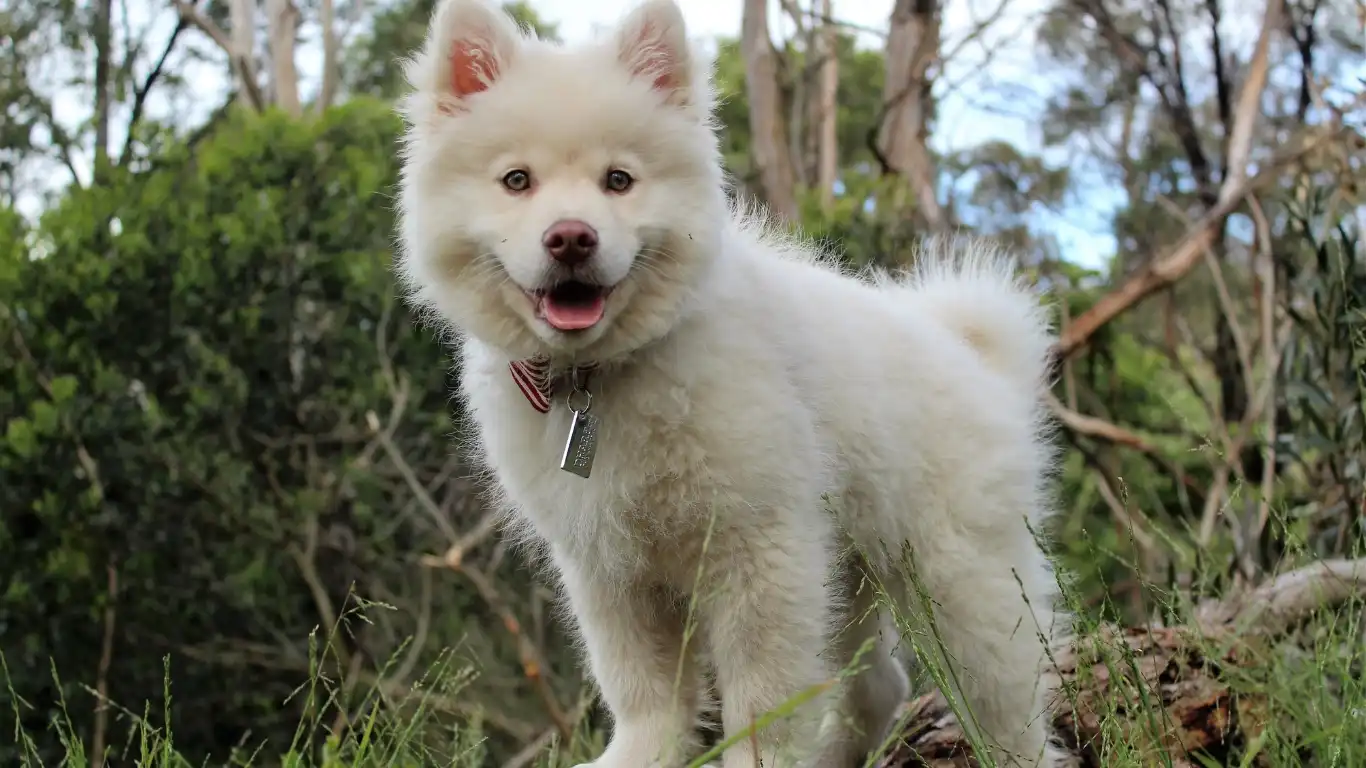
There are loads of methods out there—positive reinforcement, clicker training, marker words, and even balanced training—but I always lean toward positive reinforcement as a starting point. It’s kind, it’s effective, and it strengthens your relationship with your dog.
I’ve had clients try punishment-based methods they found online, only to wind up with confused or anxious dogs. Trust me, your pup doesn’t need to be “dominated”—they need to be understood. Reinforce the behaviors you like, ignore or redirect the ones you don’t, and always celebrate progress, no matter how small.
Coming up, I’ll walk you through step-by-step how to actually teach each command—sit, stay, come, leave it, and down—in a way that’s practical and works in the real world. Whether your pup is a brand-new fluffball or a stubborn old-timer, we’ll cover what you need to know.
Step-by-Step Guide: How to Teach a Dog Basic Obedience Commands
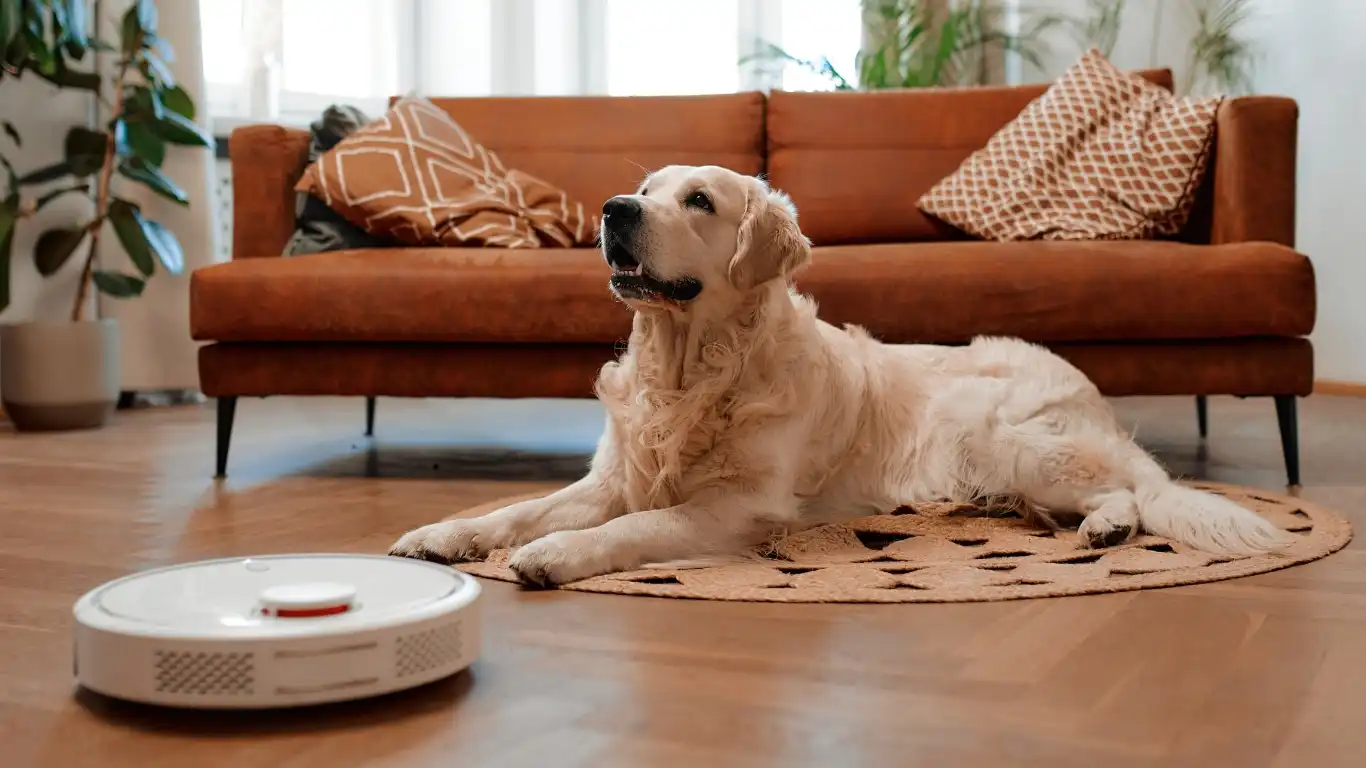
Alright, now that you’ve got the groundwork laid, let’s dive into the real heart of it—how to teach a dog basic obedience commands in a way that actually works. I’m not just sharing textbook steps here. This is a combo of what I’ve learned through professional experience and what I’ve seen work again and again with real dogs and their owners. Some of it may surprise you, and honestly, that’s kind of the fun part.
Teaching “Sit”: The Classic Starter Command
“Sit” is usually the first command most people teach, and for good reason. It’s easy, it’s versatile, and it helps calm your dog down in all kinds of situations—greeting people, waiting for food, or hanging out at the vet (where I’ve used it countless times to avoid chaos).
- Start with your dog standing in front of you.
- Hold a treat just above their nose, then slowly move it back over their head. Their butt should naturally lower to the ground as they look up.
- As soon as they sit, say “Sit” and give the treat.
- Repeat in short bursts—5 to 10 reps max.
Some dogs catch on fast. Others—like my old foster dog Rufus—might need a bit of extra motivation (a stinky sardine treat did the trick for him). Just keep your vibe relaxed and positive. No pressure.
Teaching “Stay”: The Art of Patience
This one’s all about self-control, and it can be tricky for energetic pups. But with consistency, they’ll get there. I’ve taught this to dogs from tiny terriers to massive Great Danes, and the steps are pretty much the same.
- Ask your dog to “Sit.”
- Hold your hand out, palm facing them, and say “Stay.”
- Take one small step back, wait a second, then return and reward if they haven’t moved.
- Gradually increase the distance and time.
If they break the stay, just reset. No scolding—just try again. Celebrate the small wins. I always say training is like a dance—you’re both learning the rhythm together.
Building Solid Recall: Teaching “Come”

Teaching “Come” is absolutely essential. In the clinic, I’ve seen so many cases where a reliable recall could’ve prevented accidents. Whether your dog bolts out the front door or spots a squirrel on a hike, you want them to turn back when you call, not vanish into the distance.
How to Start Recall Training
- Use a long leash or enclosed space like a backyard.
- Kneel down, open your arms, and call your dog’s name followed by “Come!”
- Use an excited, happy tone—like you’re inviting them to a party.
- Reward big when they reach you. Treats, praise, belly rubs—whatever they love.
One tip from experience: never use “Come” to call them for something negative (like bath time if they hate baths). You want that word to have a consistently positive vibe. I’ve worked with dogs who ignored the word entirely because it always led to crate time or meds. Rebuild that trust with fun rewards and it makes a world of difference.
Game-Changer Recall Tricks
Make recall fun. Hide behind trees, play chase-and-return games, or use high-value rewards just for recall. One client I worked with used bacon *only* for “Come,” and you better believe her bulldog was the fastest sprinter on the block.
Mastering “Leave It”: Safety First

“Leave it” might just be the most underrated command. It’s saved more dogs than I can count from swallowing socks, grabbing food off sidewalks, or licking something toxic. I’ve even used it mid-appointment when a pup tried to nose-dive into the sharps container.
Simple Steps to Teach “Leave It”
- Place a low-value treat in your closed hand and let your dog sniff it.
- When they back off or stop sniffing, say “Yes!” and reward them with a different, higher-value treat from your other hand.
- Repeat a few times, then try it with the treat on the ground, covered with your hand.
- Gradually increase difficulty by uncovering the treat and adding distractions.
The goal here is to teach impulse control and trust. Your dog learns that not going for something = something better is coming. It’s a total mindset shift and super empowering for both of you.
Pro Tip: Timing is Everything
In all training, but especially with “Leave it,” your timing has to be spot on. Mark the behavior the moment they make the right choice. If you wait too long, they won’t connect the dots. I’ve seen progress stall just because a reward was delivered a few seconds late. Quick “yes!” or click = clarity.
Why Consistency and Repetition Matter
This part is huge, and honestly, it’s where most folks start to lose steam. Training isn’t a one-and-done deal. Dogs don’t generalize well, so you have to repeat commands in different environments—inside, outside, with distractions, when they’re calm, when they’re hyped, etc.
Back when I was doing regular home visits for training support, I had a checklist for clients that looked something like this:
- Practice in 3 different rooms.
- Practice at least 2 outdoor locations.
- Try commands around mild distractions (TV on, another dog nearby, etc.).
The more your dog practices under varied conditions, the more solid their obedience becomes. And don’t worry if they “forget” things in a new place—it’s totally normal. Just go back a step and rebuild from there. It’s all part of the journey.
Celebrate Progress, Not Perfection
This might be the most important thing I can share from my years in practice: training is not about perfection. It’s about connection. If your dog is 70% there most days, that’s a huge win. Some days you’ll feel like a dog-training genius, and other days you’ll wonder if your dog even knows their name. That’s okay. Just keep showing up.
Polishing Skills: Taking Obedience Beyond the Basics
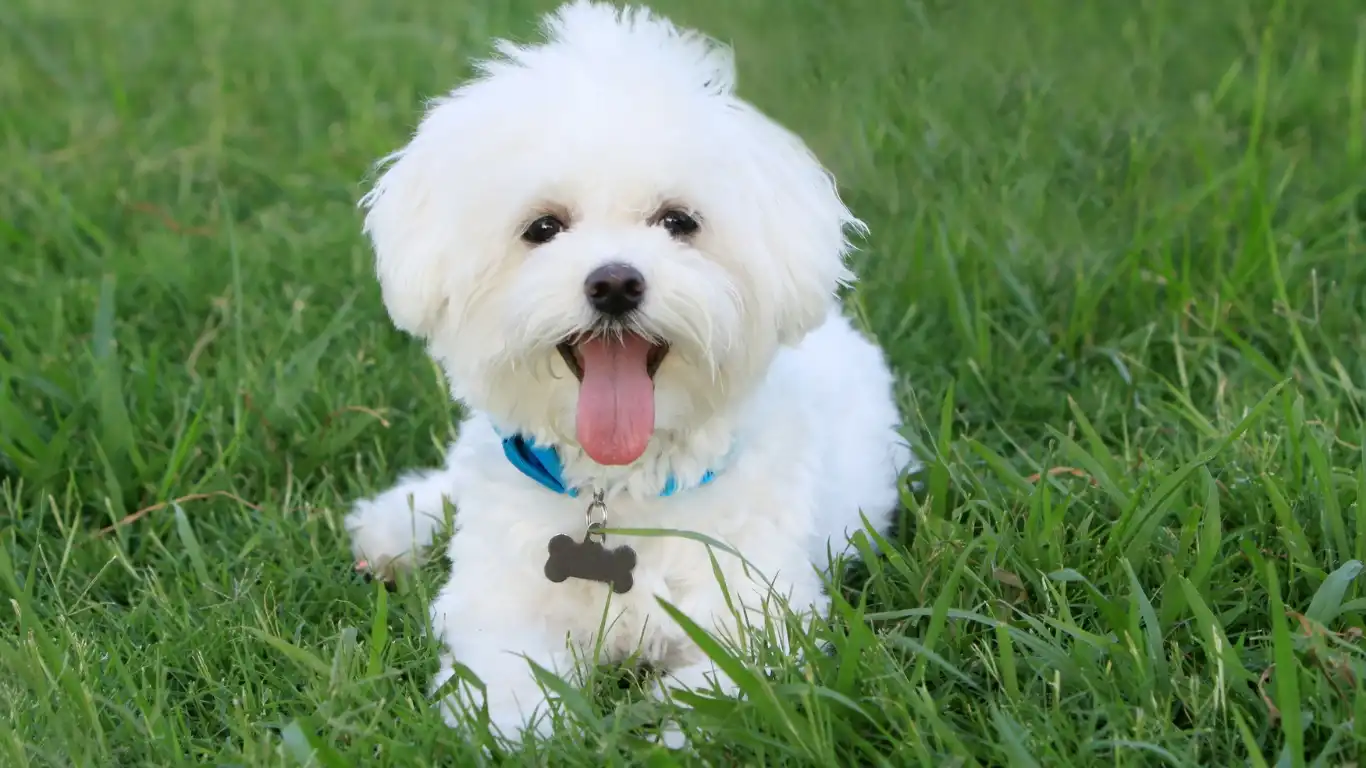
Now that your dog has a good grasp on the basics, it’s time to add some polish. Just like we don’t stop learning after elementary school, dogs thrive when we continue to challenge their minds. I always tell my clients—and I’ve seen it firsthand in my nutrition and wellness consults too—mental stimulation can be just as important as physical exercise.
Once your pup consistently responds to basic obedience commands like sit, stay, and come in quiet settings, start increasing the level of difficulty. Think of it like adding weights to your workout. You want to slowly build up that muscle memory in more stimulating situations.
Layering in Distractions
Real-world reliability doesn’t happen in your quiet living room. It happens when your dog is able to sit calmly at a busy café or come when called at the dog park. To work toward that, start adding distractions bit by bit:
- Practice commands with the TV or radio on.
- Try during different times of day—morning walk vs. after dinner.
- Invite a friend over or train near other dogs (on leash, of course).
I once had a client with a border collie named Daisy. She was flawless in their backyard. But take her to the dog-friendly patio down the street? Total chaos. We worked through distractions by introducing people walking by, stroller noises, and even other dogs—at a distance at first. Over time, Daisy transformed into the best-behaved pup on the patio. That kind of consistency takes patience and a sense of humor.
Common Mistakes to Avoid When Teaching Basic Commands
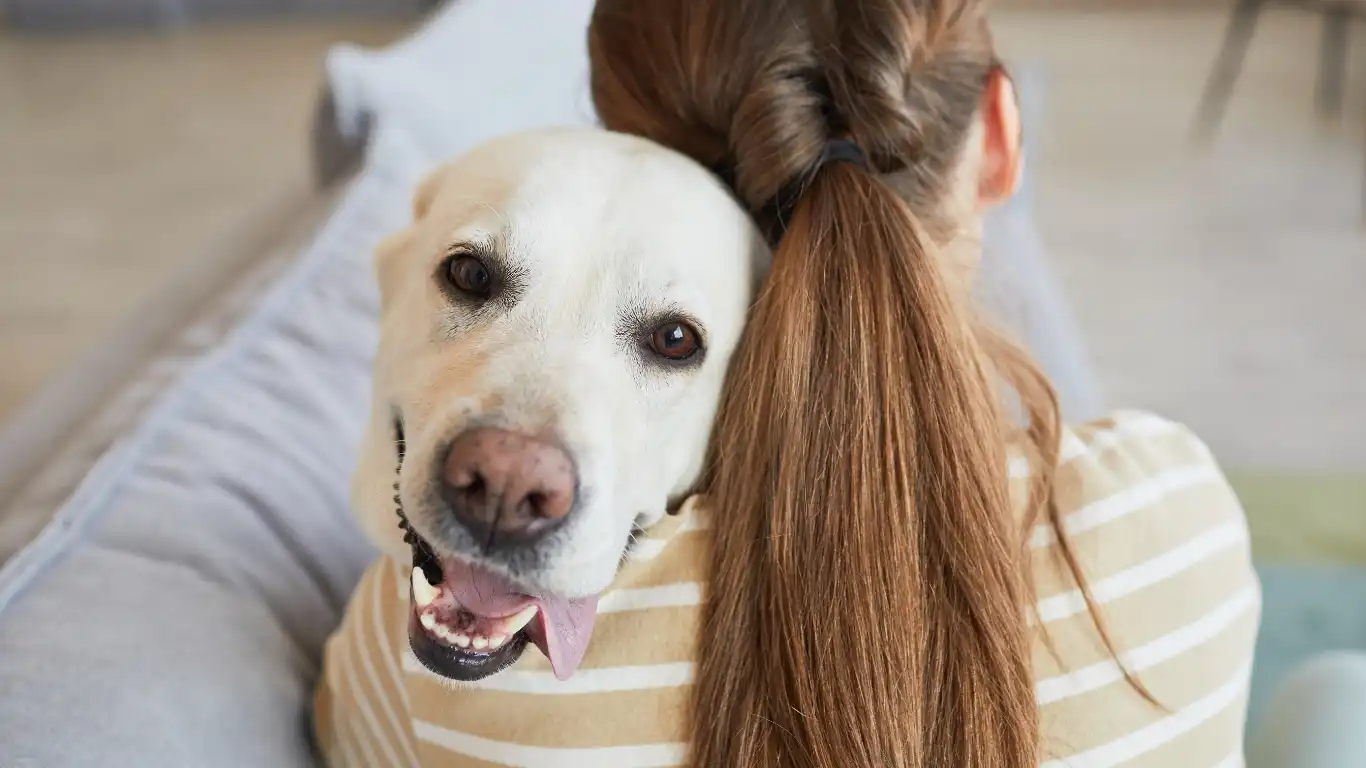
Even with the best intentions, there are a few common missteps I see people make over and over. The good news? They’re easy to fix once you’re aware of them.
1. Repeating Commands
Saying “sit, sit, sit” over and over teaches your dog to wait until the third or fourth try. Instead, say the command once, give them a moment, and if they don’t respond, reset. Use a treat to lure if needed. Silence after the command can be more powerful than nagging.
2. Training When You’re Frustrated
This one’s personal. I’ve definitely had days where I tried to squeeze in training after a long shift at the clinic, and it was just… not happening. Dogs are incredibly perceptive. If you’re stressed, your dog picks up on that energy and gets tense or distracted. Save it for a time when you’re both feeling good.
3. Not Generalizing the Behavior
Dogs don’t automatically understand that “sit” in the kitchen means “sit” in the park. You’ve got to teach the command in multiple environments and slowly increase distractions. It’s kind of like teaching a child math and then expecting them to ace a pop quiz at Disneyland.
4. Using Low-Value Rewards
Dry kibble just isn’t going to cut it when you’re training near other dogs, squirrels, or smells. Use super high-value treats—something smelly, meaty, or totally new. One of my go-tos is freeze-dried salmon. It’s like magic in training sessions. You can also rotate treats to keep things exciting.
When to Seek Professional Help
There’s absolutely no shame in asking for backup. If your dog shows signs of fear, aggression, or intense anxiety during training, it’s time to loop in a professional. Look for trainers who use positive reinforcement and have real-world experience—not just flashy TikTok videos. Bonus if they’ve worked with veterinary professionals or behaviorists.
Some reputable resources to start with include:
As someone who’s worked closely with veterinary behavior teams, I’ve seen the difference a skilled trainer can make—especially for rescue dogs with a history of trauma or fear-based behaviors. Don’t wait until you’re completely overwhelmed. A little help early on can save you months of frustration down the line.
Long-Term Success: Making Obedience a Lifestyle
One of the biggest things I emphasize is that training isn’t just something you do for a few weeks—it’s a lifestyle. It’s woven into everyday routines. Ask for a “sit” before meals. Use “stay” at doorways. Practice “leave it” on walks. Dogs thrive on structure and clarity. Plus, it keeps their brains active and their behavior sharp.
Here’s a quick list of ways to naturally reinforce commands daily:
- Morning routine: “Sit” for breakfast, “stay” while you open the door.
- Walk time: “Leave it” for distractions, “come” at recall points.
- Play sessions: Use “down” as a calm break between fetch rounds.
- Evening wind-down: “Place” on a mat while you cook or eat.
One of my favorite parts of working with pet parents is seeing that shift—when obedience isn’t just a chore, but something they genuinely enjoy doing together. The connection deepens, and it shows. Their dogs become more relaxed, responsive, and confident, and the owners feel more in control (and way less frustrated).
It’s Not About Perfection, It’s About Partnership
At the end of the day, teaching your dog basic obedience isn’t about creating a robot dog who follows commands without question. It’s about building a relationship based on trust and communication. Every dog learns at their own pace, and every win—no matter how small—is worth celebrating.
So whether your pup is still learning “sit” or you’re fine-tuning their “leave it” around tempting distractions, remember this: you’re not just training a dog—you’re growing a lifelong bond. And that, in my opinion as a vet tech and dog lover, is what makes all the effort completely worth it.
Disclaimer
This content is for informational purposes only and is not intended to replace professional veterinary or behavioral advice. Always consult with a licensed veterinarian or certified trainer if your dog exhibits behavioral issues or health concerns.
